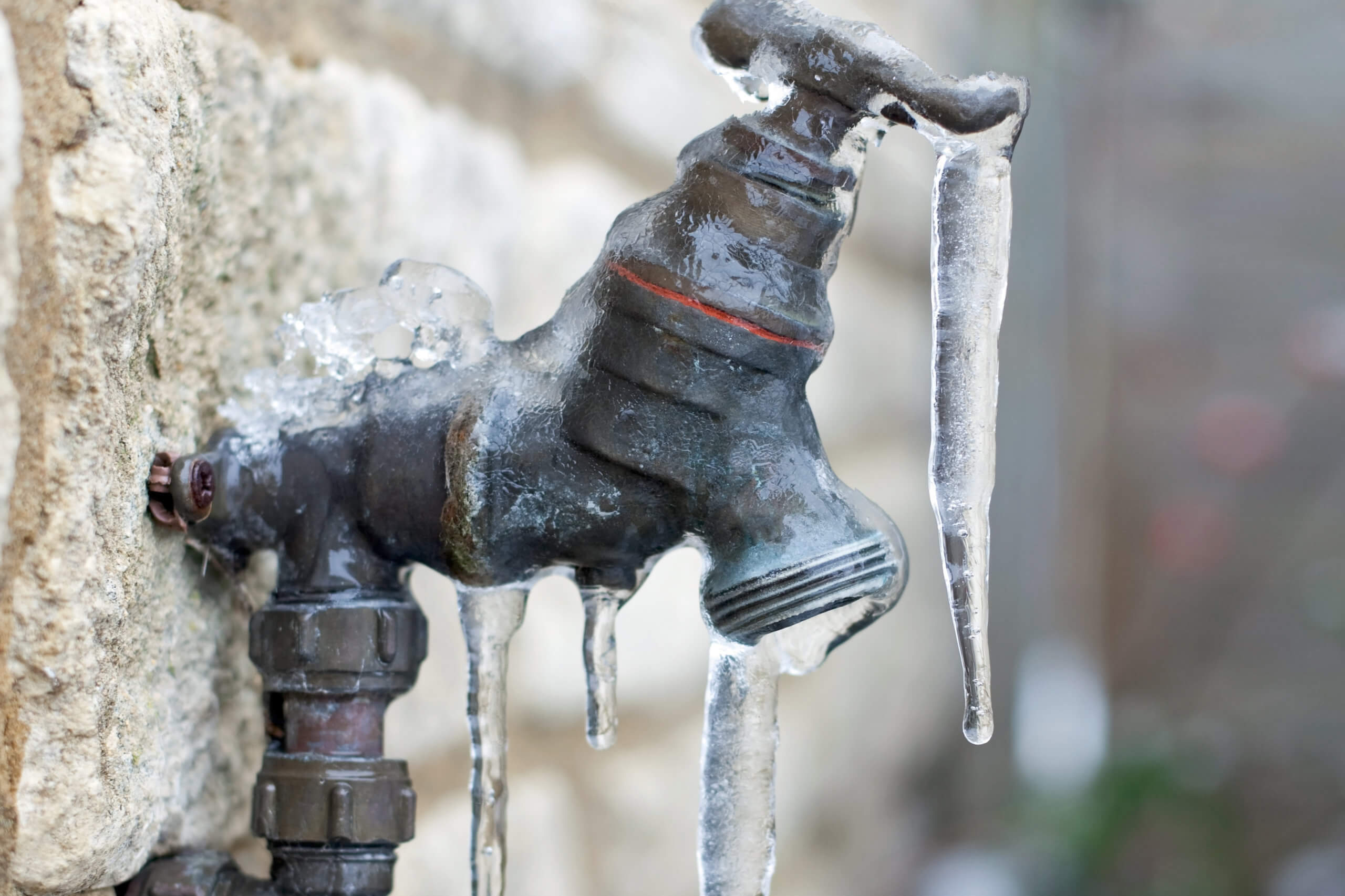Avoiding Frozen Pipes in Winter: Critical Strategies
Avoiding Frozen Pipes in Winter: Critical Strategies
Blog Article
What are your beliefs on Preventing and dealing with frozen pipes?

Winter can wreak havoc on your pipes, particularly by freezing pipelines. Here's exactly how to avoid it from occurring and what to do if it does.
Intro
As temperature levels drop, the danger of frozen pipes increases, possibly bring about costly fixings and water damages. Recognizing exactly how to stop frozen pipes is crucial for property owners in cold environments.
Comprehending Frozen Pipelines
What creates pipelines to ice up?
Pipes ice up when revealed to temperature levels below 32 ° F (0 ° C) for extended periods. As water inside the pipes ices up, it expands, putting pressure on the pipeline walls and possibly creating them to burst.
Dangers and problems
Icy pipes can bring about water supply interruptions, home damage, and pricey repair work. Ruptured pipes can flood homes and create extensive structural damages.
Indicators of Frozen Piping
Recognizing icy pipelines early can stop them from rupturing.
How to identify icy pipelines
Look for lowered water circulation from taps, uncommon smells or sounds from pipelines, and noticeable frost on subjected pipes.
Prevention Tips
Insulating at risk pipes
Wrap pipelines in insulation sleeves or utilize warmth tape to secure them from freezing temperatures. Concentrate on pipes in unheated or external locations of the home.
Home heating strategies
Maintain interior areas sufficiently heated, specifically locations with pipes. Open up cupboard doors to allow cozy air to circulate around pipelines under sinks.
Shielding Outdoor Pipes
Garden pipes and outdoor taps
Separate and drain pipes garden hose pipes before winter. Set up frost-proof spigots or cover outside taps with shielded caps.
What to Do If Your Pipelines Freeze
Immediate actions to take
If you think frozen pipes, keep taps open up to soothe stress as the ice melts. Use a hairdryer or towels taken in hot water to thaw pipes gradually.
Long-Term Solutions
Structural modifications
Think about rerouting pipes far from exterior walls or unheated locations. Include additional insulation to attic rooms, basements, and crawl spaces.
Upgrading insulation
Buy high-grade insulation for pipes, attic rooms, and walls. Proper insulation helps keep constant temperatures and lowers the danger of frozen pipelines.
Verdict
Stopping frozen pipelines needs positive actions and fast actions. By comprehending the reasons, indicators, and safety nets, property owners can shield their pipes during winter.
5 Ways to Prevent Frozen Pipes
Drain Outdoor Faucets and Disconnect Hoses
First, close the shut-off valve that controls the flow of water in the pipe to your outdoor faucet. Then, head outside to disconnect and drain your hose and open the outdoor faucet to allow the water to completely drain out of the line. Turn off the faucet when done. Finally, head back to the shut-off valve and drain the remaining water inside the pipe into a bucket or container. Additionally, if you have a home irrigation system, you should consider hiring an expert to clear the system of water each year.
Insulate Pipes
One of the best and most cost-effective methods for preventing frozen water pipes is to wrap your pipes with insulation. This is especially important for areas in your home that aren’t exposed to heat, such as an attic. We suggest using foam sleeves, which can typically be found at your local hardware store.
Keep Heat Running at 65
Your pipes are located inside your walls, and the temperature there is much colder than the rest of the house. To prevent your pipes from freezing, The Insurance Information Institute suggests that you keep your home heated to at least 65 degrees, even when traveling. You may want to invest in smart devices that can keep an eye on the temperature in your home while you’re away.
Leave Water Dripping
Moving water — even a small trickle — can prevent ice from forming inside your pipes. When freezing temps are imminent, start a drip of water from all faucets that serve exposed pipes. Leaving a few faucets running will also help relieve pressure inside the pipes and help prevent a rupture if the water inside freezes.
Open Cupboard Doors
Warm your kitchen and bathroom pipes by opening cupboards and vanities. You should also leave your interior doors ajar to help warm air circulate evenly throughout your home.

We were made aware of that article about How to prepare your home plumbing for winter weather from an associate on a different domain. Are you aware of anybody else who is sincerely interested in the subject? Take a moment to share it. I take joy in your readership.
Call Today Report this page